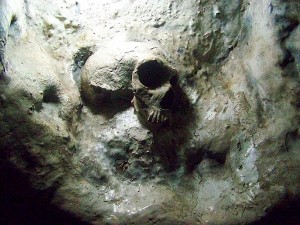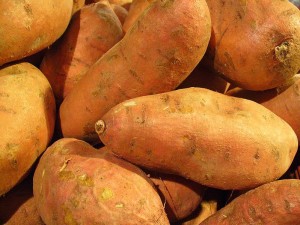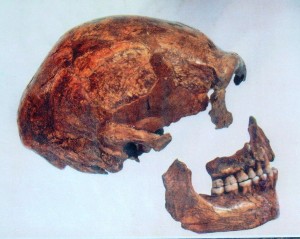 Every time I see a new scientific paper bearing the name of Dolores Piperno, I sit up and pay very close attention. Piperno is a force to contend with in the world of archaeology, a researcher whose work is so unconventional and yet so rigorous that she has won over a small legion of skeptics and naysayers and helped to found an entirely new field of research.
Every time I see a new scientific paper bearing the name of Dolores Piperno, I sit up and pay very close attention. Piperno is a force to contend with in the world of archaeology, a researcher whose work is so unconventional and yet so rigorous that she has won over a small legion of skeptics and naysayers and helped to found an entirely new field of research.
The battle of Piperno v. the old guard hinged on something seemingly arcane, but critical to the field of archaeology–the identification of plant microfossils. The old guard only accepted evidence from one kind of microfossil: pollen. But Piperno, now the Curator of New World History at the Smithsonian’s National Museum of Natural History, learned to detect and differentiate between an impressive array of other ancient microfossils.  By poring over a massive reference library of modern microfossils, Piperno learned to identify ancient phytoliths–distinctively shaped bits of silica and other rigid materials occurring commonly in plants–recovered from archaeological sites. This she could do to the species level. Even more impressively, she learned to do the same with ancient microscopic starch grains produced by carbohydrate-rich tubers–plants that rarely preserve as macrofossils in sites.
By poring over a massive reference library of modern microfossils, Piperno learned to identify ancient phytoliths–distinctively shaped bits of silica and other rigid materials occurring commonly in plants–recovered from archaeological sites. This she could do to the species level. Even more impressively, she learned to do the same with ancient microscopic starch grains produced by carbohydrate-rich tubers–plants that rarely preserve as macrofossils in sites.
So what, you might shrug. Well, ancient plant remains–both macro and micro–harbor vast amounts of data on ancient human diets. And this brings me to Piperno’s latest paper, out this week in the Proceedings of the National Academy of Sciences. The archaeobotanist and her colleagues have just identified the ancient starch grains and other microfossils trapped within hardened deposits on Neanderthal teeth, revealing that these Neanderthals (buried in caves in Iraq and Belgium) had a very broad plant diet. Indeed, they dined on several species of cooked starchy roots, tubers and wild grasses, and knocked back palm dates. Moreover the new research showed that these Neanderthals liked their tubers boiled or baked: many of the grass seed starches revealed a distinctive form of damage that occurs during cooking.
Before I go any further, let me explain about the hardened tooth deposits. Like us, Neanderthals were plagued by a nasty dental biofilm known as plaque, a substance manufactured by bacteria trying to attach to teeth. Initially, plaque is quite a soft material, but if someone fails to floss it off within ten days or so, it hardens into a rock-hard substance known as calculus, the stuff that dental hygienists struggle to pry loose from our teeth.
Unfortunately, the Neanderthals knew little about plaque and lacked the right tools to remove it. So as the biofilm on their teeth began to harden, microscopic bits of plant foods got stuck in calculus, where they were preserved like insects in amber.
 This new study by Piperno and her colleagues is demonstrating much we didn’t know before about Neanderthal diets. Some researchers, for example, suggested that our extinct kin were largely meat-eaters whose carnivorous diet undercut their ability to compete with modern humans. Homo sapiens, went the theory, obtained the upper edge by dining on calorie-laden plant foods, fare that gave them huge amounts of energy. Clearly it’s time to go back to the chalkboards.
This new study by Piperno and her colleagues is demonstrating much we didn’t know before about Neanderthal diets. Some researchers, for example, suggested that our extinct kin were largely meat-eaters whose carnivorous diet undercut their ability to compete with modern humans. Homo sapiens, went the theory, obtained the upper edge by dining on calorie-laden plant foods, fare that gave them huge amounts of energy. Clearly it’s time to go back to the chalkboards.
All this tells me two things. Never underestimate the Neanderthals. Most of our received wisdom about them has proven false in recent years. And secondly never underestimate a scientist like Piperno who looks at the ancient past with fresh eyes.
Photos: Upper, Gibraltar Neanderthal Skull Replica, St. Michael’s Cave, courtesy Nathan Harig. Middle, Sweet Potatos, courtesy Llez. Lower, Neanderthal skull found in Belgian site, courtesy We El.